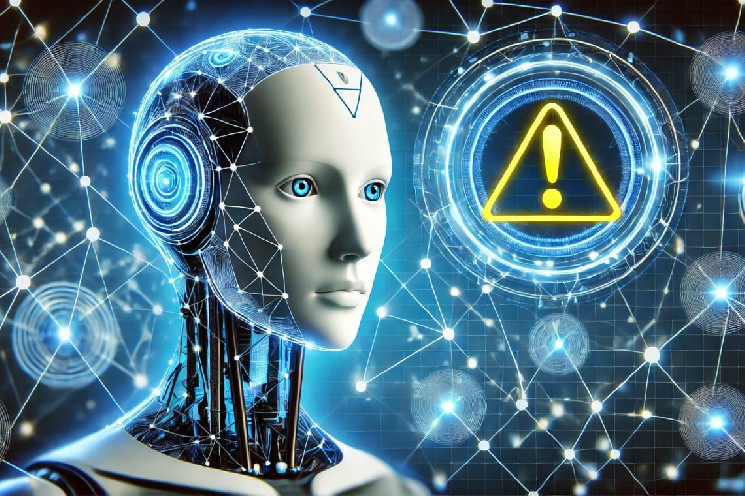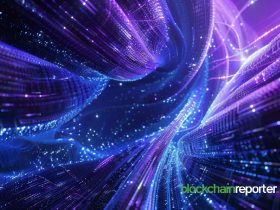According to the latest research, the blockchain emerges as a key technology in mitigating the possible negative effects of AI applications.
Artificial intelligence has indeed revolutionized numerous sectors, but it has also raised doubts about ethical issues, data security, and transparency.
Just like the blockchain, crypto also represents an essential complement to artificial intelligence, offering new perspectives for innovation and security in the digital age. Let’s see all the details below.
How blockchain can mitigate the negative impacts of AI apps
As anticipated, blockchain and cryptocurrencies emerge as key tools to mitigate the risks associated with AI, providing innovative solutions to authenticate content and verify identities.
The advent of intelligenza artificiale (IA) generative has posed new challenges to policymakers on how to regulate these powerful technologies.
However, with the adoption of cutting-edge technologies, it is possible to guide AI towards beneficial uses and create a safe and transparent digital ecosystem.
One of the crucial questions is how to ensure the authenticity of the content in a context where any media can be generated synthetically.
Deepfakes, in particular, represent a significant threat, as they can be used to impersonate public figures or to dismiss authentic media as false.
A recent example is the use of a deepfake of the President Biden to discourage voters in the New Hampshire primaries.
The solution to these problems might lie in blockchain technologies, which offer immutable ledgers to verify the authenticity of images and videos.
Organizations like the Coalition for Content Provenance and Authenticity (C2PA) are developing technical standards to address this challenge, but the results are still imperfect.
The implementation of blockchain in recording devices, such as cameras and smartphones, could ensure that every image or video is validated as authentic pixel by pixel.
The Numbers Protocolis an example of how work is being done in this direction.
Identity verification and secure transactions
In addition to the challenge of content authenticity, AI raises issues regarding online identity verification.
Large language models (LLM), such asChatGPT, can mimic a person’s writing style, making identity verification even more complex.
It follows that the need to prevent cybercrimes such as identity theft and to ensure age verification on social platforms is more urgent than ever.
The cryptocurrencies offer a possible solution with the digital identity infrastructure based on biometric authentication and zero-knowledge proofs.
This technology allows verifying only the information necessary for a specific transaction, preserving the privacy of the users.
Projects like Worldcoin, supported by the CEO of OpenAI Sam Altman, are exploring these possibilities.
Governance of artificial intelligence agents
Furthermore, the rise of artificial intelligence agents introduces new challenges for the governance of the Internet.
These agents, with the ability to perform complex actions on behalf of humans, could become trusted advisors, capable of interacting with other agents and people, including in financial transactions.
However, the integration of these agents into the traditional banking system is still far off.
Thestablecoin, cryptocurrencies pegged to the value of the dollar, could play a crucial role.
Regulated and widely adopted, they could facilitate financial transactions of AI agents, offering a familiar and secure option for both users and financial institutions.
However, cryptocurrencies, although mature as a technology, continue to struggle to adapt to a regulatory system and financial system that was not designed for them.
In any case, through political and technical solutions, it is possible to build a digital ecosystem ready to face the challenges of the next industrial revolution driven by artificial intelligence.







Leave a Reply